Your Guide to Computer Vision in Drone Technology
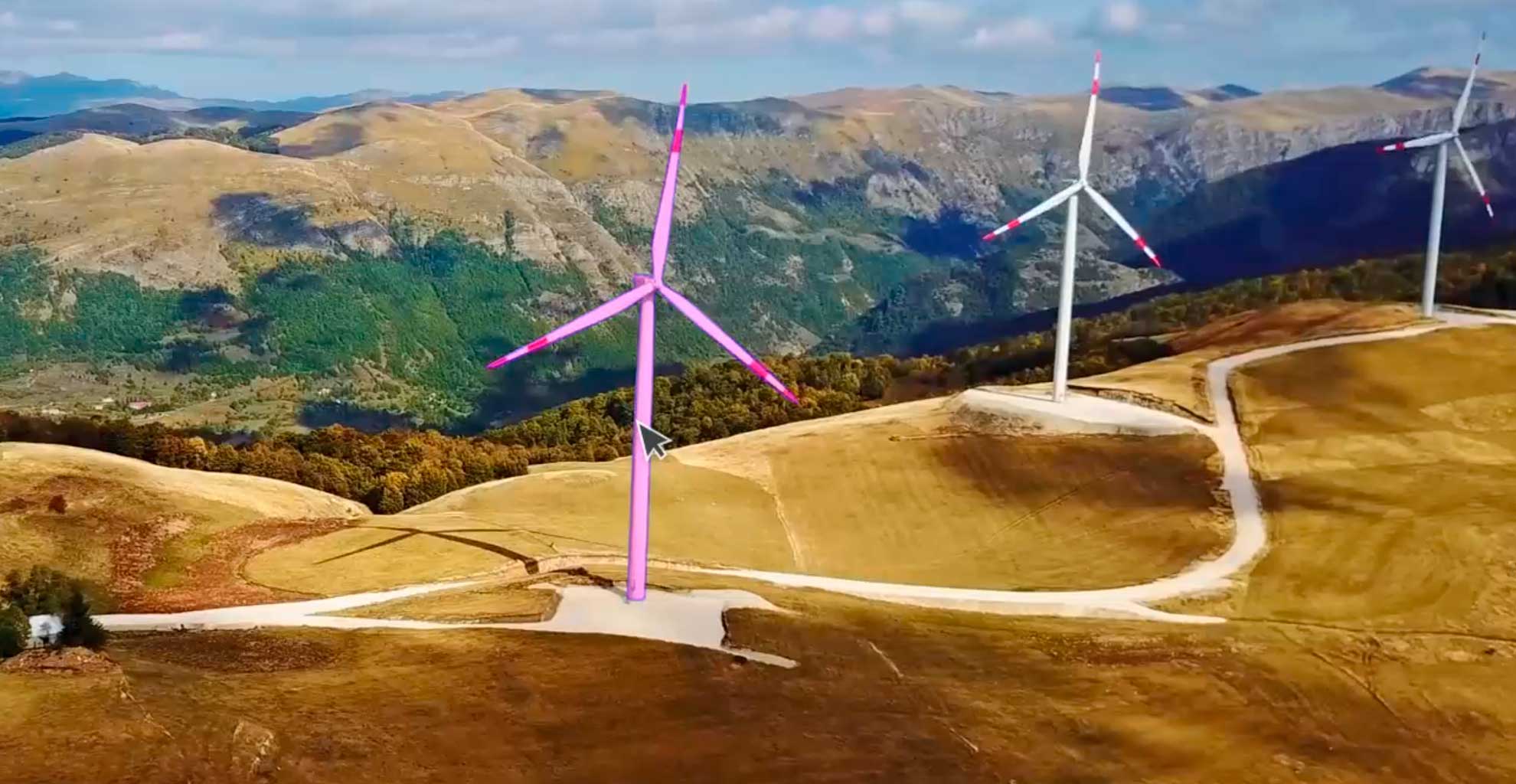
Welcome to the future, where computer vision-based AI drones are dropping Amazon packages at customers’ doorsteps. But it doesn’t stop there. From retail to agriculture, drone technology is revolutionizing traditional practices. So, how does it all work?
Are you interested in drone technology for your next computer vision project? Keep reading to learn the latest advice on how to improve computer vision models in AI drones.
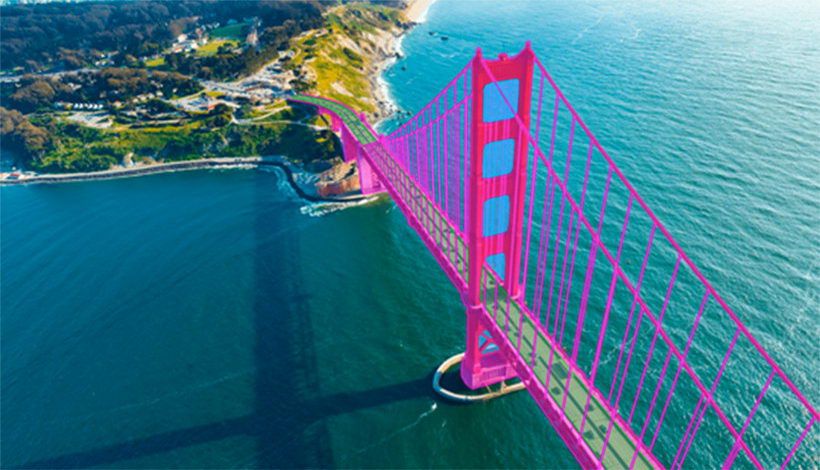
Computer Vision in Drones: How Does It Work?
Drones, or autonomous flying machines, use computer vision technology and image processing techniques to fly along a designated route while avoiding regions based obstacles. Drones take advantage of propulsion and navigation systems, sensors, cameras, and GPS technology to target their destination.
Computer vision plays a critical role in drone technology by powering object detection, classification, and tracking while the drone is airborne. Without computer vision, a drone wouldn’t be able to interpret and interact with its surroundings, including buildings, trees, and diverse terrain.
AI-Enabled Commercial Drone Use Cases
A number of industries now rely on drones to accomplish more in a shorter amount of time. Let’s take a look at a few examples of commercial drones acting in real time.
- Smart farming. Farmers are now using high level drones and machine learning algorithms. They help to monitor crop conditions from above, letting them make better decisions regarding planting, fertilizing, and harvesting.

- Construction. Drones map terrain and guide equipment. The construction industry expects to spend more than $11.2 billion on drone technology in the next five years.
- Military. Drones have been deployed by the defense departments worldwide to patrol borders, track storms, deliver supplies. They perform safety inspections with the help of image annotation projects.
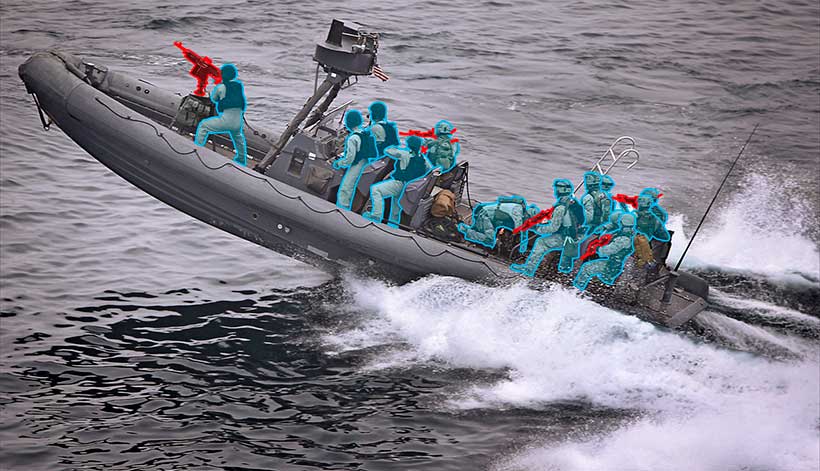
Types of Image Annotations to Target Object in Drone Training
Are you working on your next computer vision project? The best ways to maximize accuracy and performance in drone technology is improving your data labeled for aerial imaging.
So, how does image annotation tool work for drone training? We’ve listed the most common image annotation and segmentation techniques for improving accuracy in drones.
- 2D Bounding Boxes
Bounding boxes are rectangles drawn over objects of interest in an image. 2D bounding box annotation can be used to train your computer vision segmentation algorithms to recognize, track, and avoid objects during flight.

2. 3D Cuboids
2D bounding boxes aren’t enough to inform your drone about an object’s length, width, or depth. Bringing your average bounding box into the third-dimension creates a cuboid. Cuboids are essential for orienting your drone in a real-world environment. Image annotation for self-driving cars relies heavily on cuboids for the same reason.
3. Polygon Annotation
A real-world environment contains more than straight edges. To truly navigate on its own, a drone must be able to detect trees, lamp posts, fences, rooftops. All of which can involve asymmetrical and irregular shapes. Polygon annotations provide more detail than bounding boxes and cuboids—in practice, more detail translates to better drone vision.
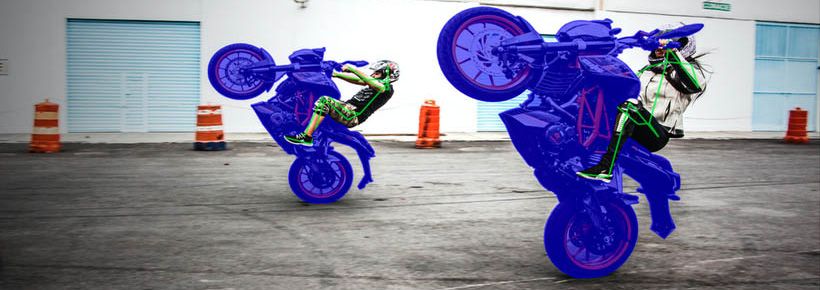
4. Image Segmentation in Image Processing
Image segmentation provides the highest level of detail possible when it comes to machine learning image processing. Segmentation can be performed as pixel-wise annotation, greatly enhancing the quality of your drone’s visual representation of the surrounding environment.
Semantic segmentation, in particular, is often relied on for detail-oriented tasks such as geo-sensing and monitoring deforestation.
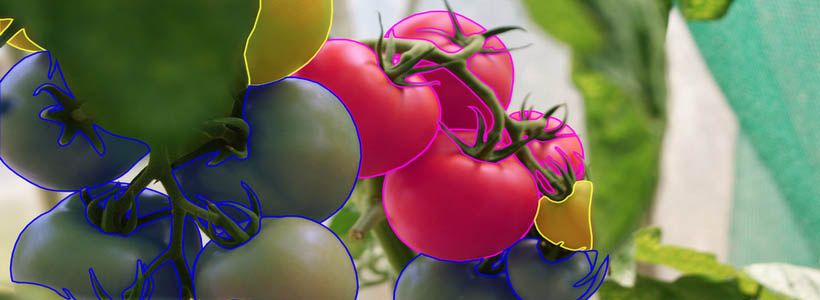
Professional Image Annotation Services for Drones
Drones are one of the most versatile computer vision applications and projects on image processing. With the potential to transform diverse industries, it’s no wonder that many leading artificial intelligence companies are interested in developing and improving drone technology.
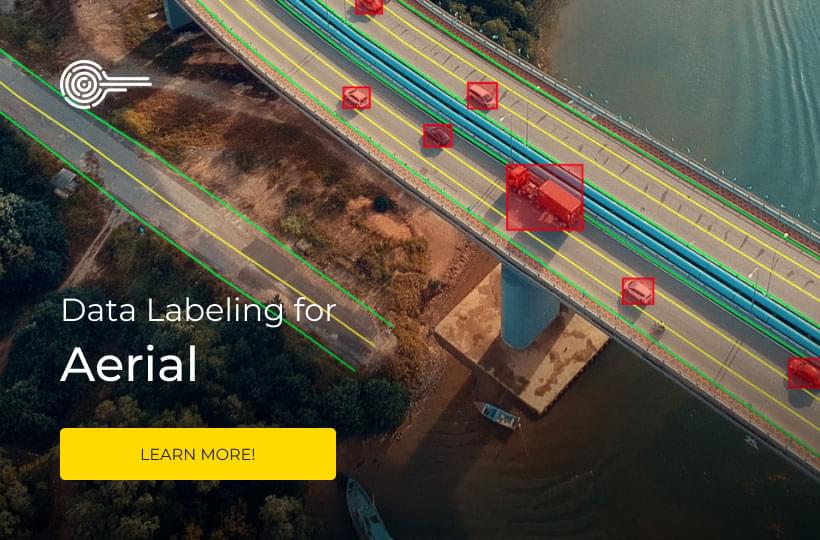
The performance of any computer vision project relies on the quality of its training data. Don’t compromise when it comes to accuracy. Keymakr provides pixel-perfect image and video annotations that meet your deadlines and suit your budget.
Are you interested in consistent, high-quality training data for your next computer vision project? Get in touch with a member of the Keymakr team to book your personalized demo today.



